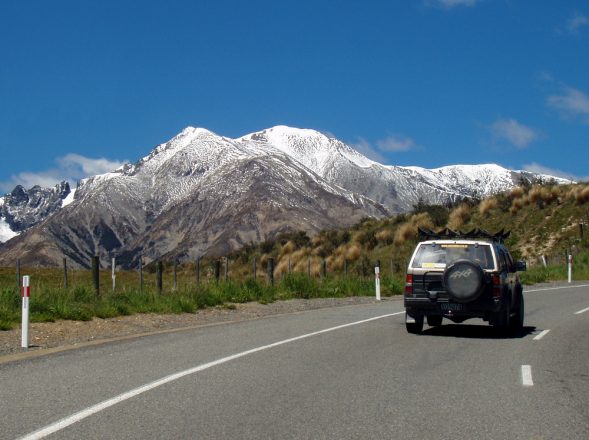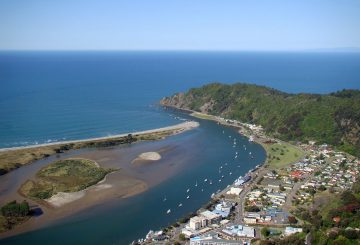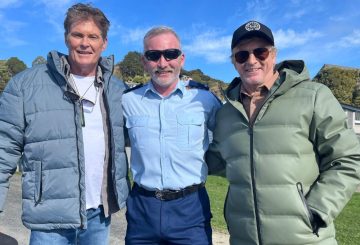As a result of the Delta outbreak, driver licences, Warrants of Fitness (WoFs), Certificates of Fitness (CoFs), vehicle licences (‘regos’) and licence endorsements that expired on or after 21 July 2021 will be valid until 30 November 2021, Transport Minister Michael Wood has announced today.
“While this extension won’t officially be in force until next Wednesday, I wanted to provide certainty to the public and industry that we have heard their concerns”, Michael Wood said.
“Like last year’s extension, we’re providing this extension to give certainty to the public that they won’t be issued infringement notices for using their vehicles appropriately during higher Alert Levels.
“It’s still the driver’s responsibility to keep their vehicle roadworthy and I urge everyone to regularly check their vehicle is safe. We’re asking drivers before they set off, to give it a TWIRL – check your tyres, windscreen, wipers, mirrors, indicators, look for rust, and test your lights.
“Drivers still need to be medically fit to drive, comply with relevant restrictions and conditions on their licence and obey all road rules. Any licence suspensions and disqualifications will also continue to apply.
“For people who reside outside of Auckland, I’d encourage them to check their WoFs or CoFs are up-to-date as these can be renewed at Alert Levels Two and Three. Driver licensing and testing facilities will open under Alert Level Two. People with tests already booked will be rescheduled to the earliest possible test once services resume.
“I’ve asked officials to look into how we can make temporary extensions more quickly in the future, so we can swiftly provide certainly if any further lockdowns are required,” Michael Wood said.
(With Inputs from New Zealand Government Press Release)






























































